Echoes of the Past: December 2024 aviation crashes mirror decade-old tragedies
Despite safety improvements since 2014, December 2024 witnessed several fatal crashes, raising fresh concerns.
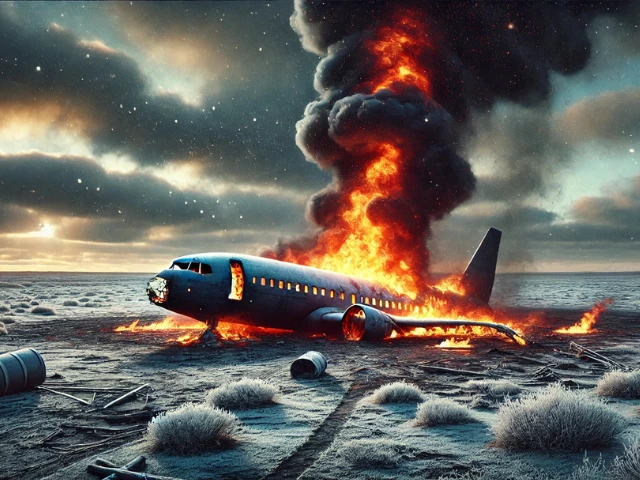
As we move into January 2025, we are still reeling from a deadly wave of crashes in December 2024, strikingly reminiscent of the catastrophic events that rocked the skies in July 2014
In just one month, a series of tragic accidents have reignited fears and shaken public confidence, making it impossible to ignore the unsettling parallels between these two dark chapters in aviation history.
December 2024: A month of loss and heartbreak
A series of alarming aviation incidents across multiple countries in December 2024 have left dozens dead and raised concerns about global air safety.
From crashes to emergency landings and mechanical failures, the end of the year has been marked by a disturbing trend in the aviation industry.
A deadly aviation failure occurred on Christmas, when an Azerbaijan Airlines Embraer 190, en route from Baku to Grozny, crashed near Aktau in Kazakhstan. The plane, carrying 67 passengers and crew members, was hit by a Russian surface-to-air missile, killing 38 people.
Azerbaijani officials confirmed that the aircraft was damaged by ground fire and electronic warfare, amid Russian air defence activity against Ukrainian drones.
Russian President Vladimir Putin extended condolences and apologised, while Azerbaijan demanded an official apology, acknowledgment of guilt, and compensation for the victims. Investigations into the incident are ongoing, with the black boxes being analysed.
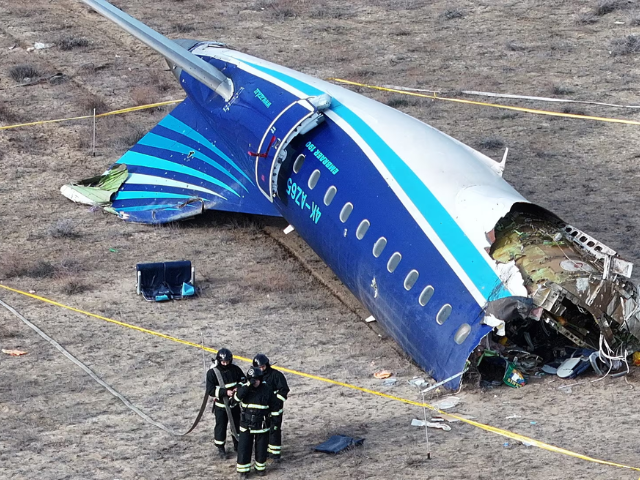
Photo: Reuters
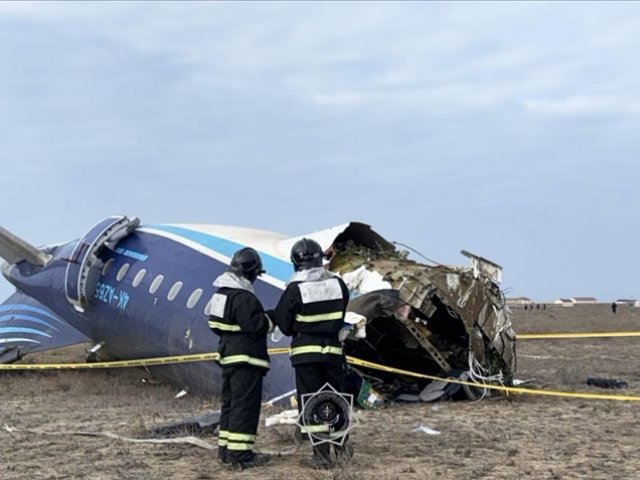
Photo: Anadolu Agency
Then on December 29, the most devastating crash occurred in South Korea when Jeju Air Flight 2216, a Boeing 737-800, crash-landed at Muan International Airport.
The plane’s front landing gear failed, causing the aircraft to crash, killing 179 of the 181 people on board.
The incident is being investigated, with a possible bird strike near the airport, located in a migratory bird habitat, considered a contributing factor.
A national mourning period has been declared in South Korea, and the investigation is being assisted by the US Federal Aviation Administration (FAA) and Boeing.

Photo: Reuters
Also on December 29, Air Canada Express Flight 2259, a De Havilland Dash 8-400, made an emergency landing at Halifax Stanfield International Airport after its landing gear malfunctioned.
The plane skidded down the runway, sparking flames from one of its wings. Despite the frightening situation, all 77 passengers and crew members managed to escape unharmed.
An investigation is underway to determine the cause of the mechanical failure.
Moreover, KLM Flight 1204, a Boeing 737-800, experienced a hydraulic system failure shortly after takeoff on December 29.
The pilots successfully diverted the plane to Sandefjord Torp Airport in Norway, where it skidded off the runway during an emergency landing. Thankfully, all 176 passengers and crew members were unharmed. Investigations are focusing on the reported hydraulic failure.
In the UAE, a light aircraft crashed off the coast of Ras al-Khaimah on December 29, killing the pilot and co-pilot. The General Civil Aviation Authority has launched an investigation into the cause of the crash.
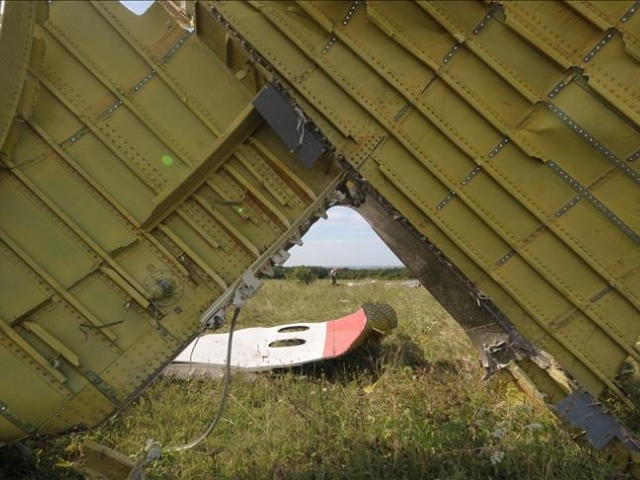
Photo: Anadolu Agency
Later on December 29, a Cessna C-172 crashed near Stuttgart Airport in Germany, injuring two people. Poor visibility, due to darkness and fog, is believed to have contributed to the crash, which caused a brief suspension of flights at the airport. Authorities are investigating the incident with assistance from the Federal Bureau of Aircraft Accident Investigation.
Finally, Jeju Air Flight 7C101, a Boeing 737-800, experienced a landing gear issue shortly after taking off from Gimpo International Airport in Seoul on December 30.
The pilot decided to return to Gimpo, and the plane landed safely. Fortunately, there were no injuries.
July 2014: A summer of tragedy
But this deadly December is not alone in aviation history. It brings to mind the summer of 2014, which saw an unprecedented series of fatal crashes that left the world reeling.
The July, 17th 2014 tragedy of Malaysia Airlines Flight MH17, which claimed the lives of 298 people.
Flight MH17 was en route from Amsterdam to Kuala Lumpur when it was struck by a missile launched from a Buk surface-to-air missile system.
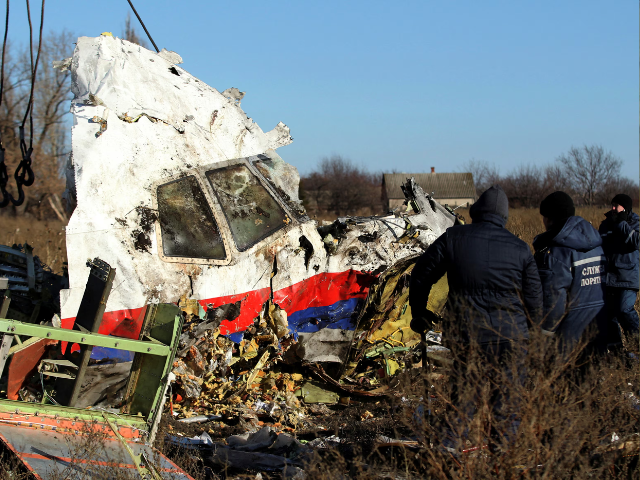
Photo: Reuters
The plane, at 33,000 feet over eastern Ukraine, was on a route previously declared safe by the International Civil Aviation Organisation (ICAO).
The attack caused an in-flight break-up of the aircraft, with wreckage found across a 50-square-kilometre area near the Ukrainian-Russian border. All 283 passengers and 15 crew members aboard were killed.
Investigation reports confirmed that the missile used was a 9N314M warhead from a Buk system.
The impact killed the cockpit crew instantly and caused severe structural damage, leading to the destruction of the aircraft. Ukrainian authorities had not imposed any restrictions on the airspace where the plane was flying.
The convicted men, identified as Russian nationals Igor Girkin and Sergey Dubinsky, and Ukrainian Leonid Kharchenko, were sentenced to life imprisonment by the Dutch court for their roles in the attack.
However, given their locations—two of them in Russia and the other in territories controlled by Russia—it is highly unlikely that they will serve their sentences. Extradition from Russia remains improbable.
A TransAsia Airways ATR 72-500 plane crashed on 23rd July 2014 during its approach to Makung Airport in Taiwan, resulting in the deaths of 47 people, including 54 passengers and 4 crew members. Eleven others sustained injuries.
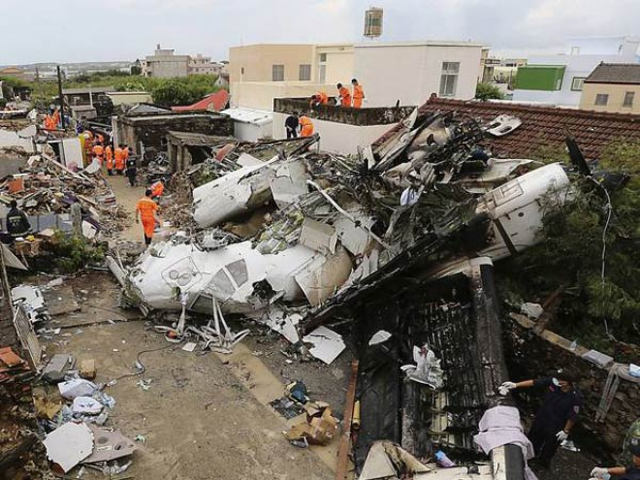
The aircraft, a turboprop ATR 72-500, was en route from Kaohsiung to Makung when it crashed just 1000 metres short of the runway.
The plane descended through approximately 300 feet above ground level before making ground contact and striking nearby buildings. A fire quickly broke out, with the wreckage being located near the village of Xixi in the Husi Township.
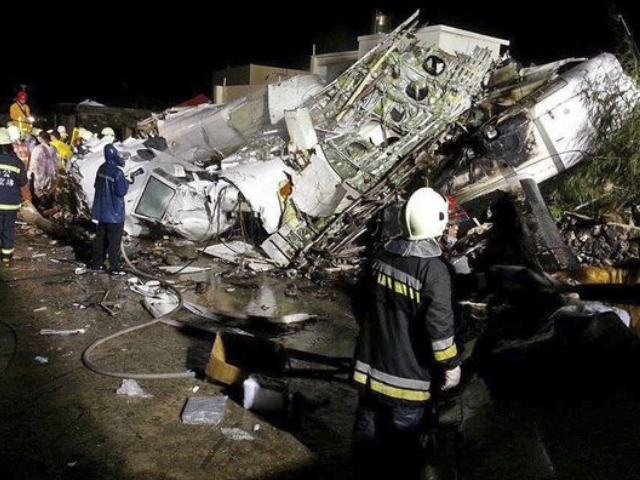
At the time of the crash, Taiwan was experiencing strong gusting winds, which are believed to have contributed to the tragic incident. The aircraft's approach was hindered by adverse weather conditions, which caused it to lose control shortly before reaching the runway. The subsequent impact and fire destroyed much of the plane.
Authorities are investigating the cause of the crash, but initial reports suggest that the weather played a major role in the accident.
A SwiftAir-operated MD-83 aircraft, on behalf of Air Algerie, tragically crashed on 24th July 2014, killing all 118 people onboard. The plane had taken off from Ouagadougou, Burkina Faso, for a flight to Algiers, Algeria, but went off radar around 50 minutes into its journey while flying over Mali, near the city of Gao.
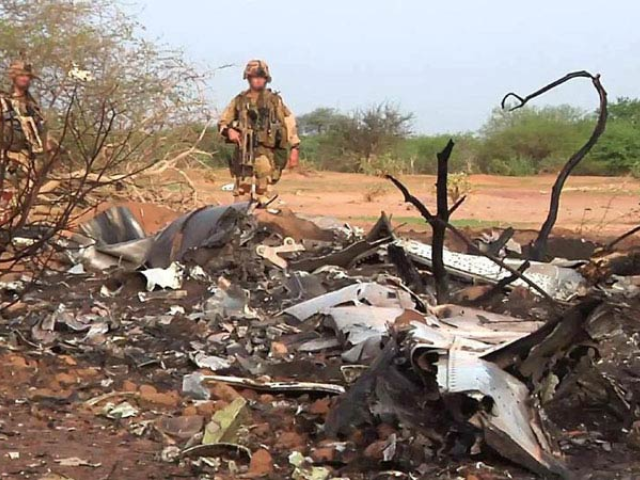
At the time of the crash, the aircraft was navigating through severe weather. The pilots had requested a route change due to heavy storms in the region. Shortly after, the plane vanished from radar screens.
The wreckage was found more than 15 hours later in a desert area near Gossi, Mali, approximately 50 km from the Burkina Faso-Mali border and 100 km south-west of Gao.
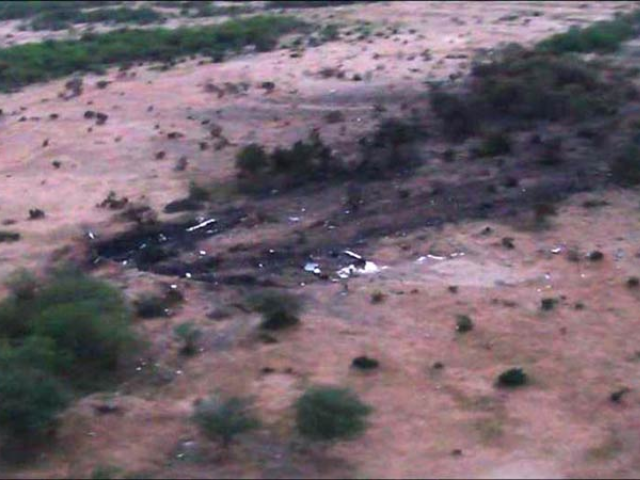
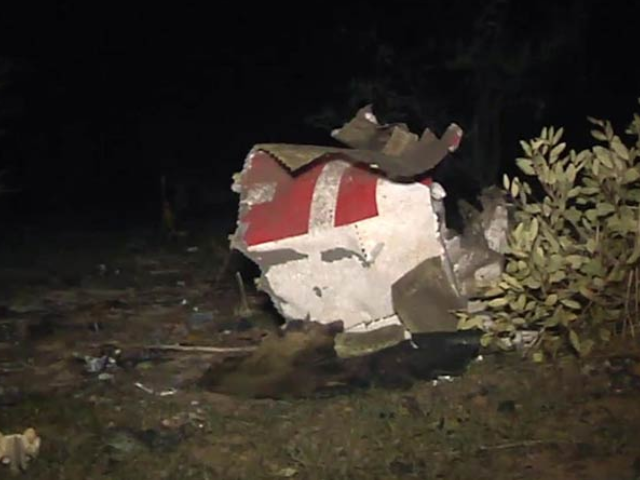
Investigators have suggested that the stormy conditions contributed to the plane’s disappearance and eventual crash. The wreckage was located in North Mali, close to the Algerian border. There were no survivors in the crash.
Parallels in the Sky: What went wrong?
Both December 2024 and July 2014 share chilling similarities, with mechanical failures, extreme weather, and operational challenges contributing to the disasters.
But there’s a striking difference: aviation safety has, in theory, improved in the decade since 2014. More rigorous safety checks, better emergency response plans, and enhanced technology were supposed to make skies safer.
Yet, December 2024’s crashes suggest that even with these advancements, the industry still faces vulnerabilities.
Take the Jeju Air disaster, for example. The failure of the landing gear raised fresh concerns about mechanical integrity and the maintenance of aircraft, especially in a world where airliners are under increasing pressure to fly more frequently and cut costs.
Meanwhile, the Azerbaijan Airlines crash in Kazakhstan serves as a reminder of the deadly combination of poor visibility, bad weather, and the unforgiving nature of human error in high-stress situations.
Struggle for safer skies
The lessons of 2014 should have been learned, yet these latest tragedies show that there is still much work to be done. Yes, aviation has evolved, with technological advancements making flights smoother and safer.
But the need for continued vigilance remains. As investigators work around the clock to uncover the causes of these crashes, one thing is clear—aviation safety must evolve even further.
The ghosts of July 2014 are still haunting the skies, and December 2024 is another reminder that the journey to truly safe air travel is far from over.
As we move into 2025, the aviation industry faces the daunting task of ensuring that the tragedies of December 2024 are not just another momentary lapse, but a turning point for a more secure and accountable future in aviation.


1735979820-0/Copy-of-Untitled-(2)1735979820-0-100x90.webp)





















COMMENTS (2)
Comments are moderated and generally will be posted if they are on-topic and not abusive.
For more information, please see our Comments FAQ